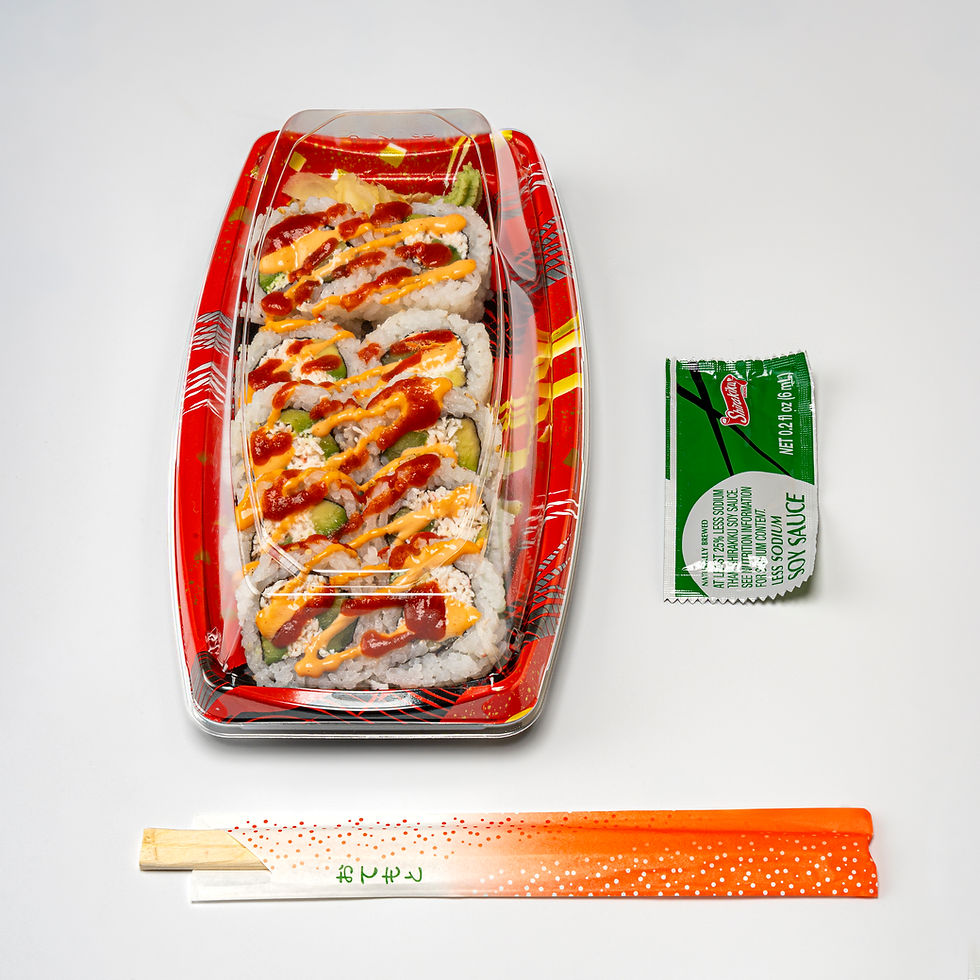Beautiful campus, ugly food
- daimlermkoch
- Nov 8
- 3 min read
Valley's cafeteria looks dated, closes early and serves subpar, unhealthy food to students.
By: Alina Weinstein, Staff Writer

Over the past two decades, Los Angeles Valley College has received between $600 million and $704 million in bond funding to support campus restoration and modernization. Some contractors working on current projects describe the figure as part of a broader $900 million campus-wide modernization program managed by the Los Angeles Community College District.
The college looks like it’s from the future—until you step into the cafeteria.
The first thing that greets anyone walking into the Monarch Center cafeteria is a row of cash registers, waiting to ring up food that feels more like highway pit-stop fare than anything prepared for a college community.
Beyond them, shelves sag with single-serving bags of chips and racks of plastic-wrapped sandwiches. The bread looks stiff at the edges, and the lettuce inside is already wilting. Heat lamps hover over curling slices of pizza, the cheese hardened into a rubbery film and grease pooling in cardboard trays.
By 2 p.m., the cafeteria's doors are shut, leaving vending machines as the last resort.
Students walk through futuristic classrooms and wellness centers, yet the cafeteria hasn’t kept up with the same vision of progress.
Student Raphael Velasquez said the cafeteria lacks options.
“More variety and maybe salads, smaller meals, maybe pastas, noodles, some proteins like chicken and maybe a little bit of steak, maybe,” Velasquez said. “All of that will be a little bit better than what they have now.”
Meanwhile, Jania King, a student from the Police Orientation & Preparation Program (POPP), said she would like to see "probably more like fruits, like fresh fruits,” in the cafeteria.
The cafeteria is served by the vendor Pacific Dining, which provides food to all LACCD colleges.
Vice President of Administrative Services Sarah Song said, “Students can share requests through the Associated Student Union (ASU), college administration or directly with Pacific Dining. A suggestion box will also be placed outside the cafeteria.”
Still, King’s comment points to a deeper issue: Hardworking students are fueling their days with processed snacks instead of balanced meals.
Valley’s cafeteria’s hours are among the shortest in the district, open from 9 a.m. to 2 p.m.; in comparison, Pierce College’s cafeteria is open from 7:30 a.m. to 6 p.m. Monday through Thursday. Valley students who attend evening classes or stay late for studying find themselves with no dining options on campus.
“By the time I get hungry, the cafe is already closed,” said Taylor Metz, a student who arrives on campus at 9 a.m. “I end up going across the street for food, but it’s more expensive — about $15 — or I just use vending machines until I’m home.”
The gold standard for a community college cafeteria might be Santa Monica College. Its eatery serves grilled salmon $10.75, falafel wraps $8.50, vegan curry $7.25 and iced matcha $4.
Students lingered, studied and chatted. The atmosphere was bright, social and respectful – no one had to eat from plastic wraps.
At Valley’s cafeteria, the sleek modern design greets you first — polished floors, tall glass walls and the Monarch Center shining bright. Once inside, the illusion fades. The options are limited: reheated pizza at $5.75 a slice, cold sandwiches for $7.50 and a handful of chips or energy drinks posing as side
Healthy, diverse food should not be a luxury item—it’s a necessity for focus, energy and wellbeing.




Comments